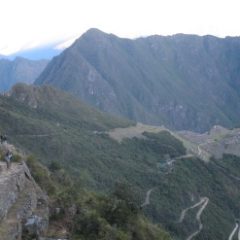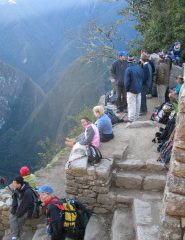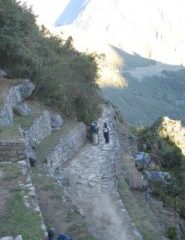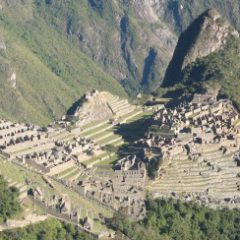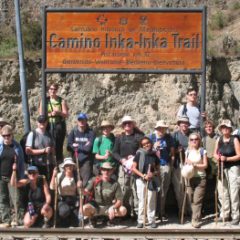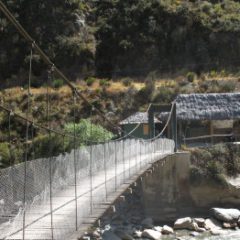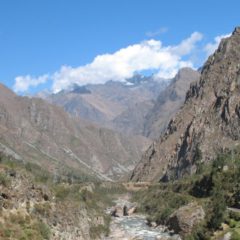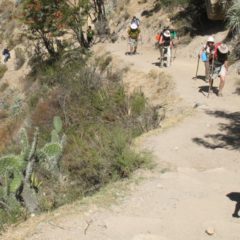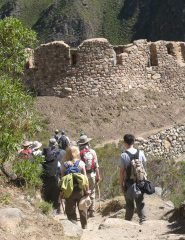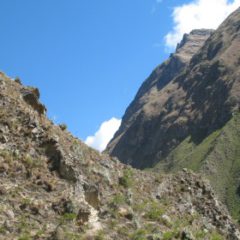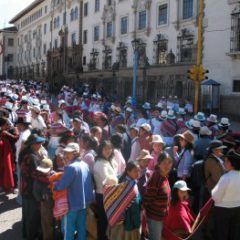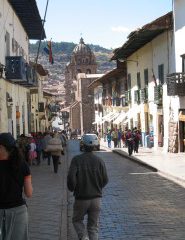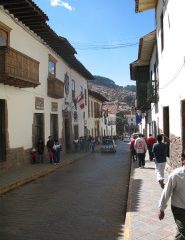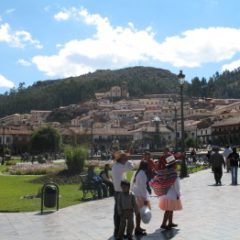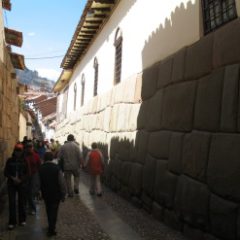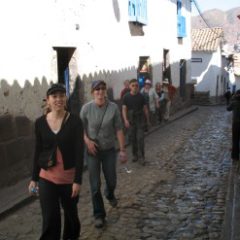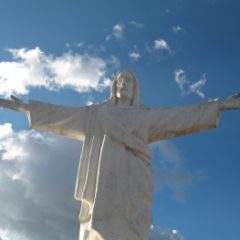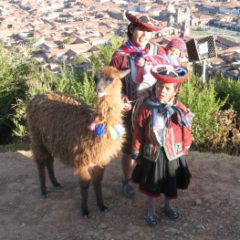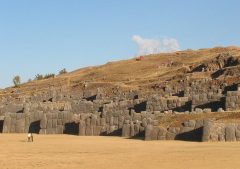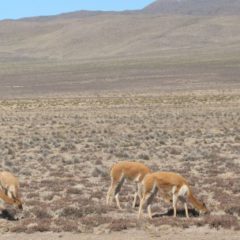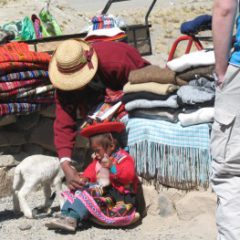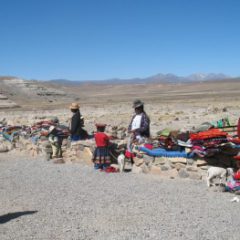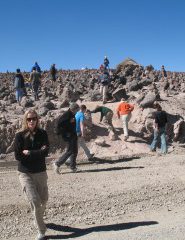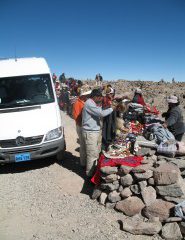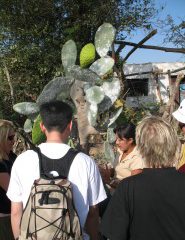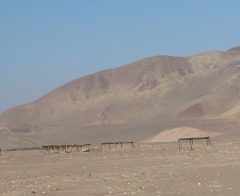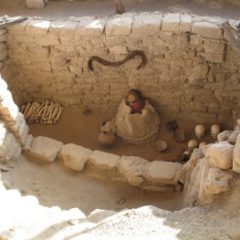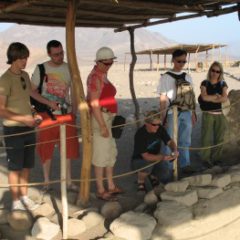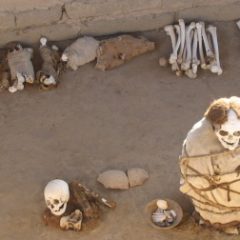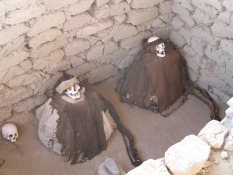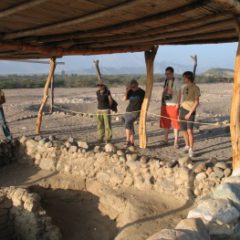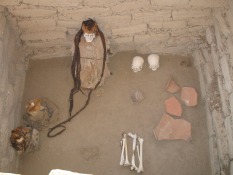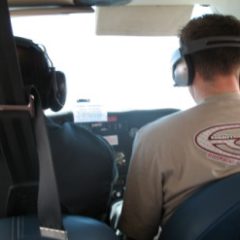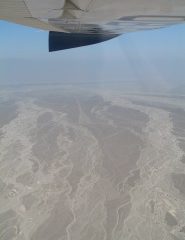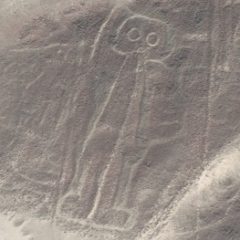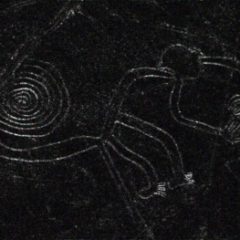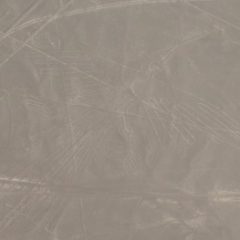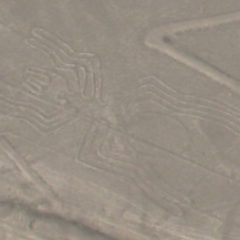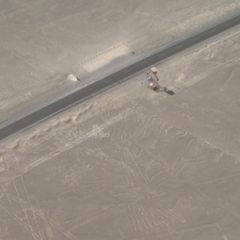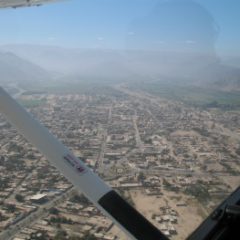Today we had an early morning, waking up at 04:00 to be ready to start hiking at 05:00. Our target was to be at the sungate (Intipunku, 4km away) in time to view the sunrise over Machu Pichu.
Tag Archives: Peru
The Inca Trail – Day 3
Gallery
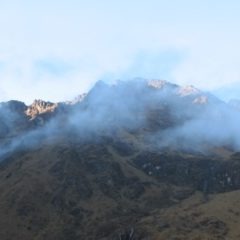
This gallery contains 32 photos.
Everyone expected this night – at 3600m above sea level the one at highest elevation – to be freezing. However it turned out okay. We set off after an omelette breakfast. This third day was the day with the longest … Continue reading
The Inca Trail – Day 2
Gallery
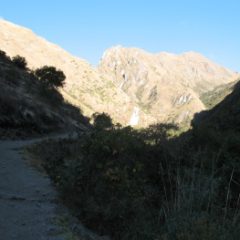
This gallery contains 12 photos.
We left Wayllabamba after a great pancake breakfast – all of us looking forward for the 1200m elevation gain for Dead Women’s Pass / Warmimanuska – up to 4200m. It was pretty cold with the sun still being behind the … Continue reading
The Inca Trail – Day 1
This day and the upcoming couple of days were my main motivation to actually come to Peru – hiking to Machu Pichu on the classic 44km Inca Trail – all the way from Km 82 of the Cuzco / Aguas Calientes train line, culminating at Machu Pichu.
We left Cuzco this morning; after about two hours of driving we arrived in Ollantaytambo – here we were quickly offered Inca Trail Essentials – anything from walking sticks, ponchos, coca leaves, water, sweets to bottle holders.
From here we took the dirt road to get to train kilometer 82 – the official start of the Inca Trail. It was here, that the hike then started – first parallel to the Urubamba river, then after about 5 km away and into the mountains.
So far the hike was pretty easy, nothing steep, nothing too high, just some (more or less) slight ups and downs. For me it was nevertheless a challenging day – my stomach was revolting (the big Inca taking revenge for whatever) – hiking 12 km might sound fair for a day – but it is hard if you constantly have to ensure your underwear remains in its current clean state… – after some Loperamid in the evening it went better..
We made it to the first campsite in the afternoon; everything was prepared and ready: tents set up, cooks working on dinner – even cold drinks were available. After dinner most of us retired into the tents for some good sleep before the next day and Dead Women’s Pass / Warmimanuska.
Cuzco
A short flight had brought us from Arequipa (via Juliaca) to Cuzco in the late morning. Today was a special day – England was playing (and loosing) against Portugal in the soccer world cup.
Of course the English part of the group wanted to see this game. Good news was that we arrived in Cuzco in time – bad news that there was a parade and we ended up in a traffic jam… The longer we waited, the more the English guys turned impatient, finally they asked the driver to get off the bus to go on by foot, making their way through the parade.
Once we made it to the hotel, we met again for an orientation walk of town – for obvious reasons the English and Australian part of the group did not join in (the game was still on).
In the afternoon Merete, Aisling and myself did a trip through town with the tourist bus – with the highlight being the viewpoint from top of town.
Colca Canyon – Cruz del Condor
Gallery

This gallery contains 12 photos.
Today was our second day around Colca Canyon. I still did not feel well, however this quickly changed after breakfast, some oxygen and some paracetamol did the job and I was soon back to fairly normal. We first did head … Continue reading
Colca Canyon
Our Colca Canyon trip started with a short delay; anyhow the bus soon started to climb up from Arequipa.
We had a first stop at the Area of Vicunas to watch vicunas, take pictures and engage into some souvenir shopping.
From here we continued – up, up and up – until we eventually reached the high pass between Arequipa and the canyon, at an altitude of 4900m.
Afterward it was downhill into Chivay. I felt really bad by now, the altitude really had hit me hard; I guess, we had simply climbed up to quickly (don’t forget, we had been at sea level a mere two days earlier); things though were improving the day after.
Arequipa
Gallery

This gallery contains 16 photos.
After a night on a bus we made it into Arequipa this morning. After some time to relax, we started to explore town. Most of us joined for the tour of Santa Catalina convent, some also went to visit Juanita, … Continue reading
Chauchilla Cemetery
In the afternoon of our Nazca day we had the option to visit Chauchilla Cemetery, the remains of a pre-Inca cemetery in the dessert from around 1000 to 1300 AD.
We had a few stops on our way to the cemetery (roughly 30kms from Nazca); Hilda, our local guide, gave us some good introductions to the local flora and fauna (including some explanations on cochineal red and a local tree).
When we finally arrived at the cemetery, it was pretty obvious that grave robbers had been here first; bone shards and clothes fragments could be seen anywhere around the cemetery.
The Nazca Lines
The Nazca Lines are one of those wonders, where no-one actually knows how, when and why they are here. As usual there are plenty of theories, including some that even involve extraterrestrials…
The most likely scenario though seems to be, that the lines have been created by several people over centuries and millennia – with the earliest culture dating back to as far as 900 b.c. and the youngest to around 600 a.d.
The question about their purpose also returns an array of possibilities – from being an astronomical calendar, running tracks – to signs for extraterrestrials… Just have a look yourself.

